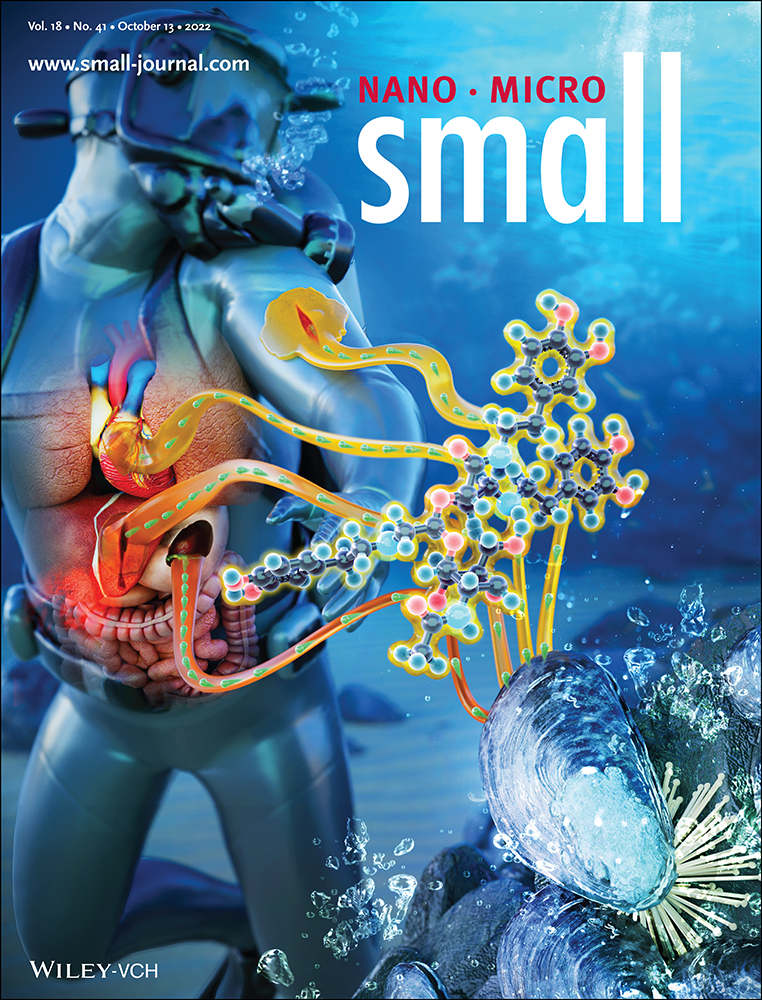Repeatable Actuations of Organic Single Crystal Fibers Driven by Thermosalient-Phase-Transition-Induced Buckling
Abstract
Thermosalient crystals are molecular solids that exhibit explosive motions, such as sudden breaks and jumps, due to temperature-induced structural phase transitions between two polymorphs. Therefore, the development of molecular actuators with superior speed and power by deriving mechanical work from explosive motion is a fascinating concept. However, thermosalient transitions often cause crystal disintegration, which hampers repeatable phase transitions between the polymorphs. Here, it is reported that single crystal nano/microfibers of 1, 2, 4, 5-tetrabromobenzene (TBB), whose bulk crystals exhibit thermosalient behavior at ≈40 °C, can repeatedly transform between the low and high temperature polymorphs without disintegration. The structural tolerance against phase transition is attributed to the high flexibility of the nano/microfibers. It is observed that a structure consisting of a TBB fiber with both ends pinned to the substrate repeatedly buckles and straightens when the temperature is varied between 30 and 40 °C. It is demonstrated that buckling can lead to large displacement actuation as compared to a simple length change of the fiber. Moreover, the force generated by the buckling fiber is estimated and it is found that it can generate a force large enough to flick an object ≈104 times heavier than the fiber itself into the air against gravity.
Conflict of Interest
The authors declare no conflict of interest.
Open Research
Data Availability Statement
The data that support the findings of this study are available from the corresponding author upon reasonable request.




